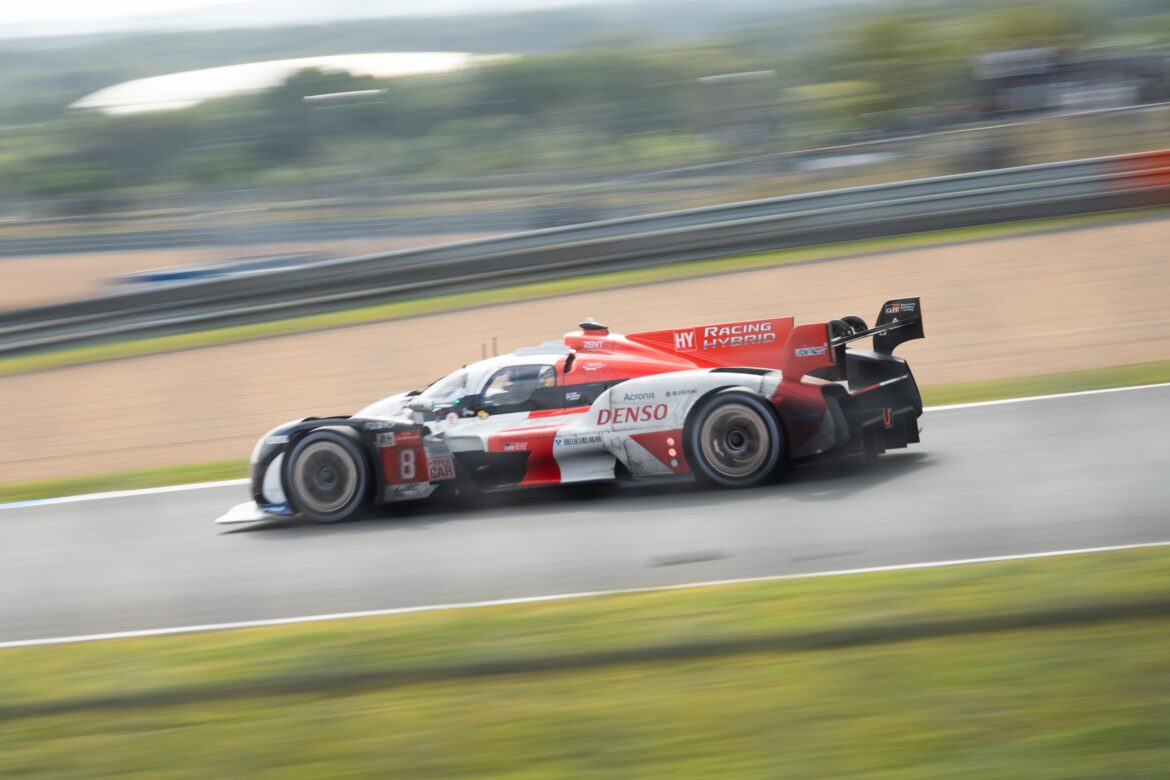100 years of Le Mans
100 years of Le Mans
10th June 2023 marked the hundredth anniversary of Le Mans. Taking place at the 13-kilometre-long Circuit de la Sarthe, near the town of Le Mans in northern France, the race began in 1923 as a way to demonstrate the reliability of the motor car. Over the next 100 years the race has evolved into the most notable motorsport event in the world and the oldest active endurance race.
The 91st running of the world-famous 24-hour race (24 Heures du Mans in French) also saw the return of Ferrari after a 50-year absence. Ferrari’s return to the race was made all the more remarkable when driver Antoni Fuoco took Hyperpole, starting Ferrari’s 499P Hypercar at the very front.
How the race works
For those unfamiliar with the “Le Mans” race, three categories of car compete: Hypercar at the front, LMP2 in the middle and GTE at the back. The Hypercar and LMP2 categories include purpose-built high-downforce race cars, while GTE (Grand Tourer Endurance) cars are highly-modified production cars – think Mercedes with spoilers and roll-cages. Because the speed of the machines differs so much, the categories start in order to avoid holding each other up. The Circuit de la Sarthe includes several long straights, most notably the Mulsanne straight where the pole-sitting Ferrari clocked 343 kph in qualifying. The real challenge comes later though when during the race the order gets mixed up and the faster cars are darting between constant traffic.
As for the duration, the race really does last 24 hours – starting at 3pm, continuing through the night and finishing at 3pm the next day.
Milestones
This year is also the 75th anniversary of two other automotive institutions: Porsche and Nascar – both made a special appearance at Le Mans 2023. Porsche’s last race was 3 years ago, but this year entered three machines into the Hypercar class. Nascar was represented by a Chevrolet Camaro ZL1, ran by Hendricks Motorsports, which fast became a fan favourite. A star-studded driver team, namely British F1 hero Jenson Button, crewed the car that had been adapted for the race (adding headlights first and foremost). Faster than GTE cars but barely slower than LMP2 cars, the Camaro raced in a class of its own. The Camaro was originally intended to start the race from the back, but proved itself in qualifying and it started the race behind LMP2 and ultimately finished ahead of all GTE cars.
The event touted other famous faces: Lebron James acted as the honorary race starter, Michael Fassbender participated as a driver (his second career), and Italian MotoGP legend Valentino Rossi won the second Road to Le Mans race (in a car) on the Friday. Rossi’s race featured as part of a roster of shorter support races before the big event.
If this piqued your interest, you needn’t wait until next year to watch another race. Le Mans is only stop 4 of the 8-round WEC (World Endurance Championship). The next race will take place on 9th July at Monza in Italy, which you can watch on Eurosport or Discovery+ (see the full calendar here). If you want to learn more about Le Mans in particular, visit their website for more news and explanations.
Etymax is a London-based translation company and specialised language service provider to companies in the sports, automotive and tourism industries. If you would like us to help you translate and localise your web site, brand name, product and marketing materials for all your global markets, simply contact us.
Etymax: optimum performance. In every language.
Get in touch about your project.
Request a quotation or get in touch with our team to discuss your requirements. We look forward to helping you with your next project.





